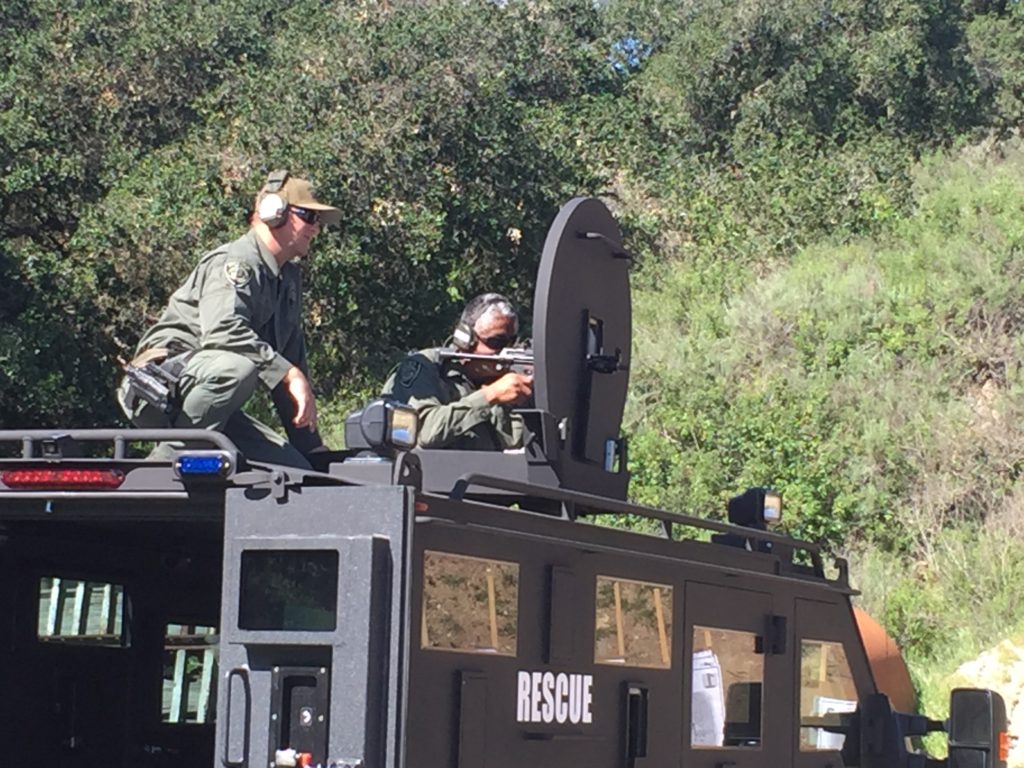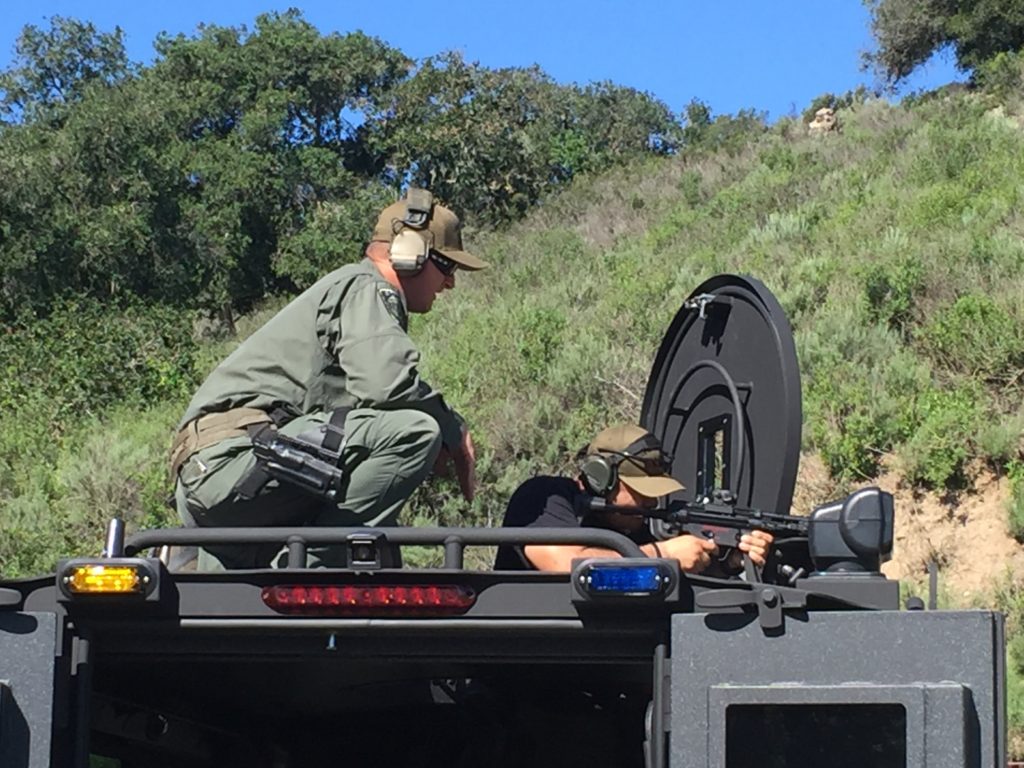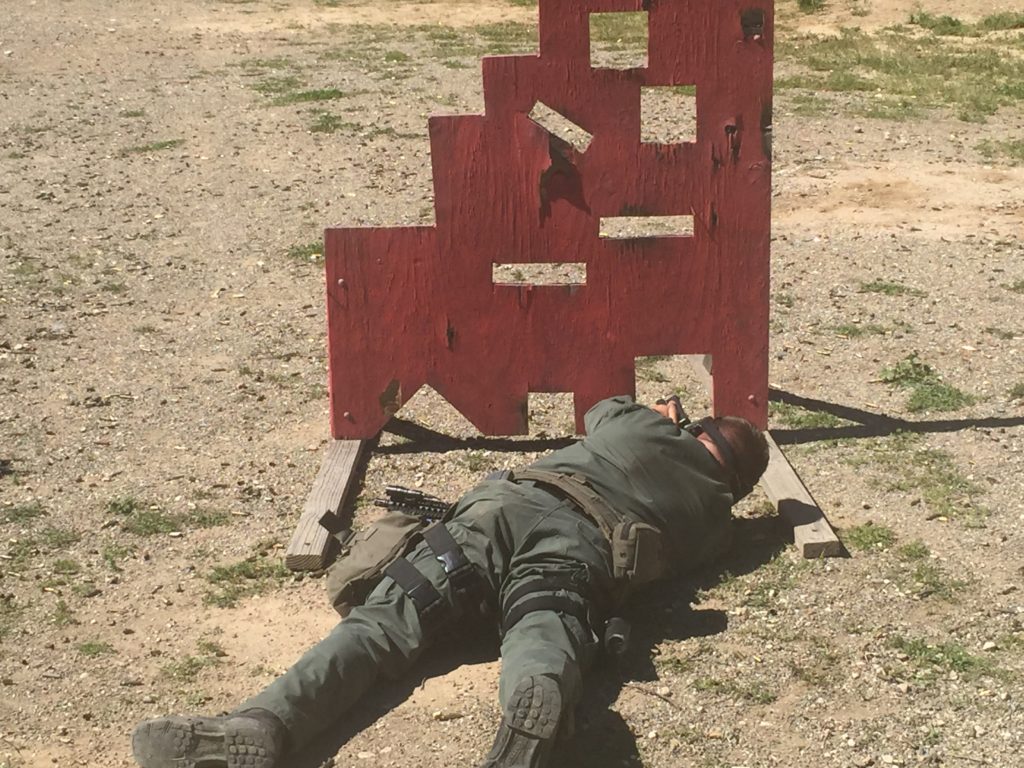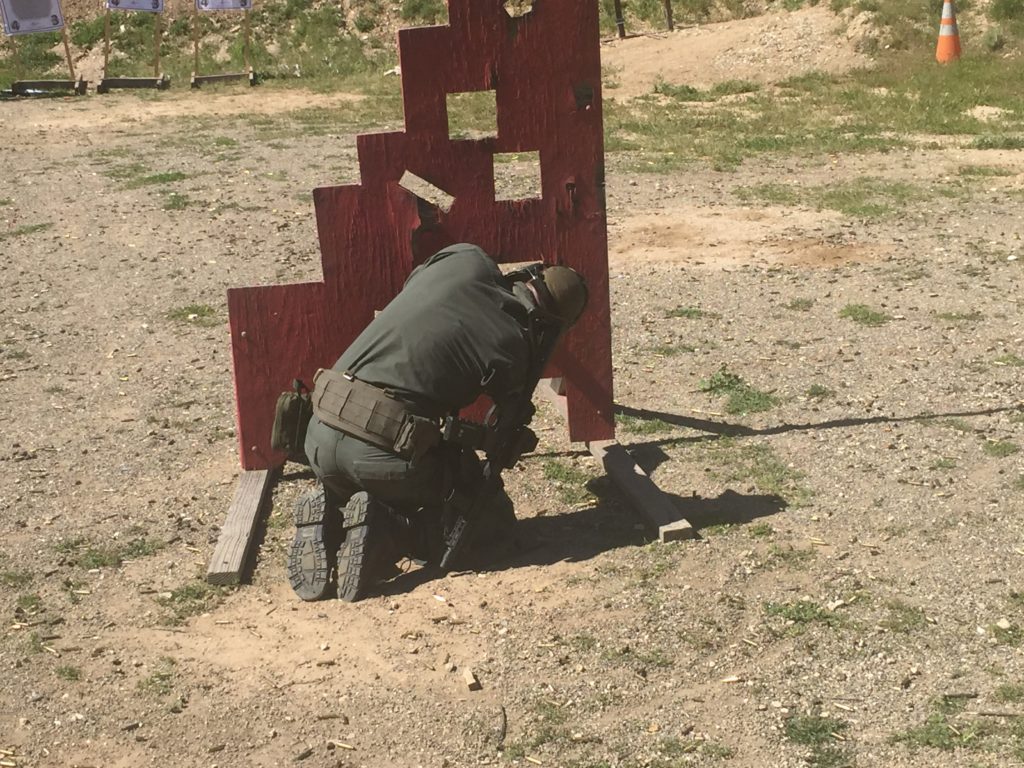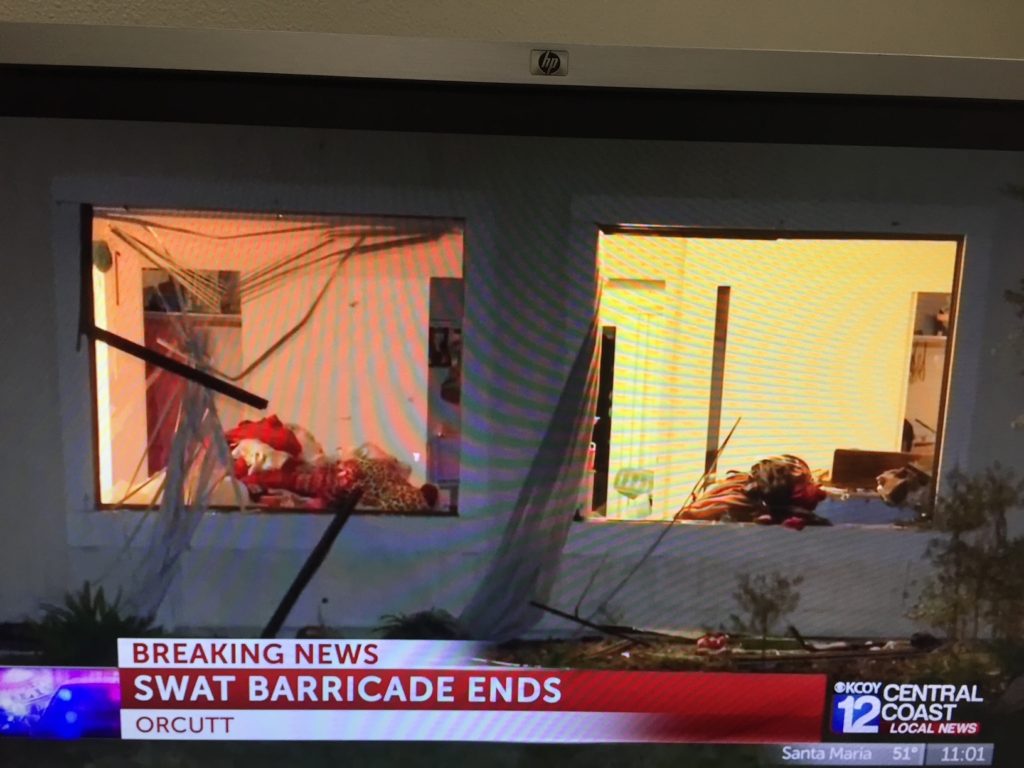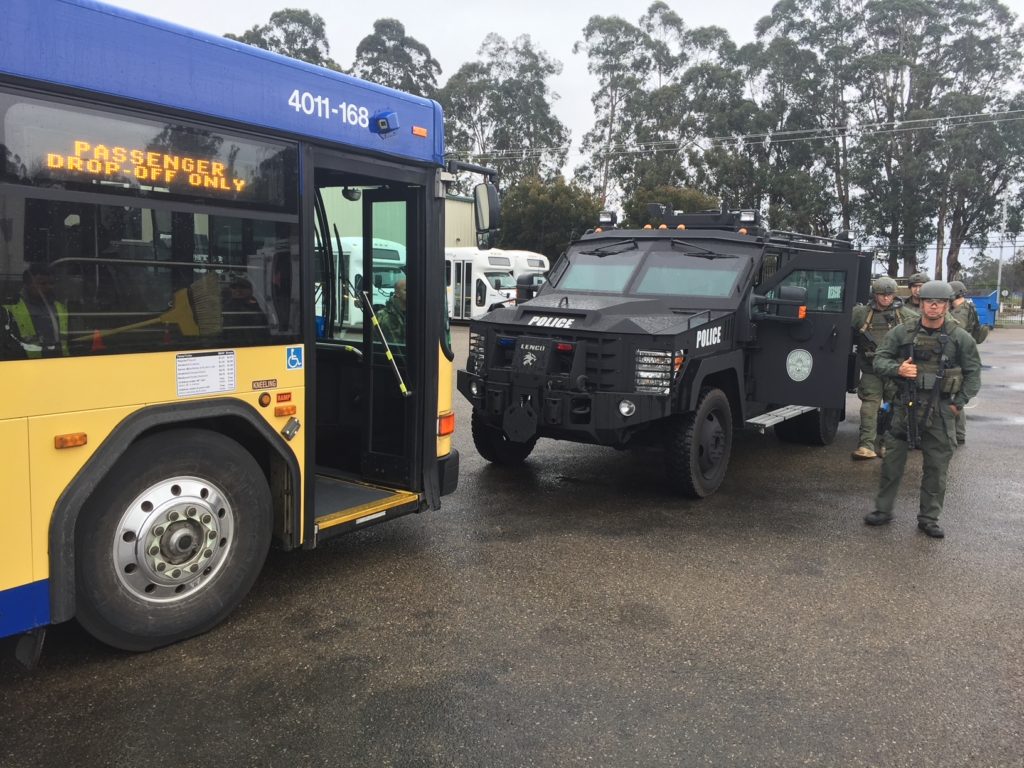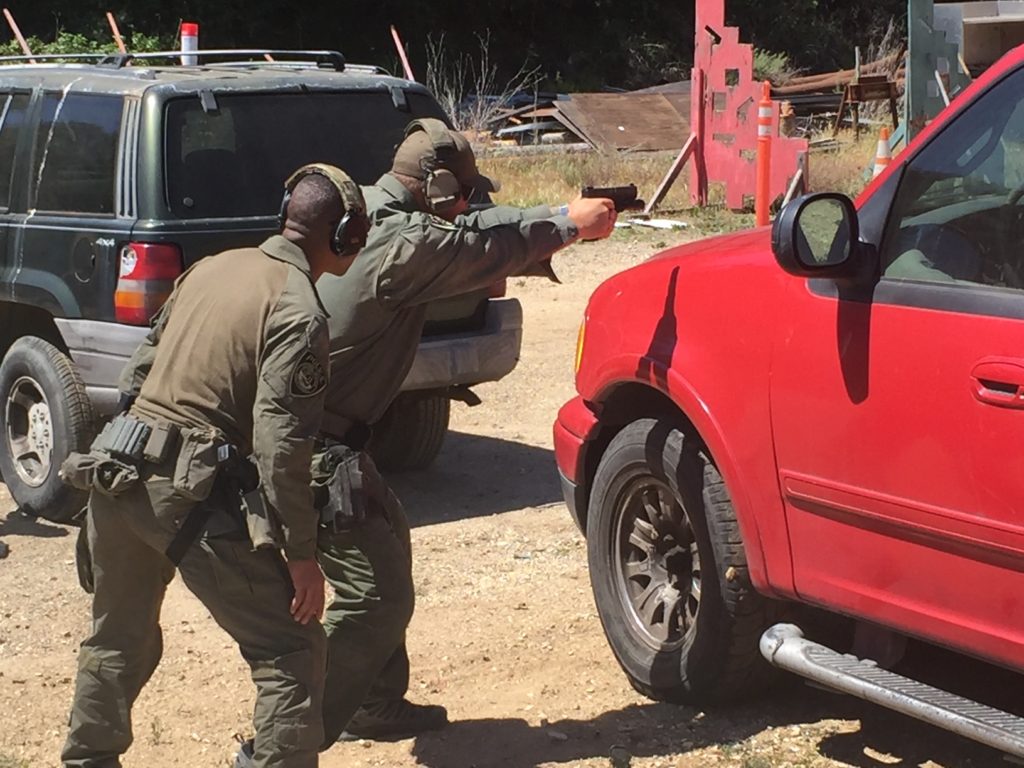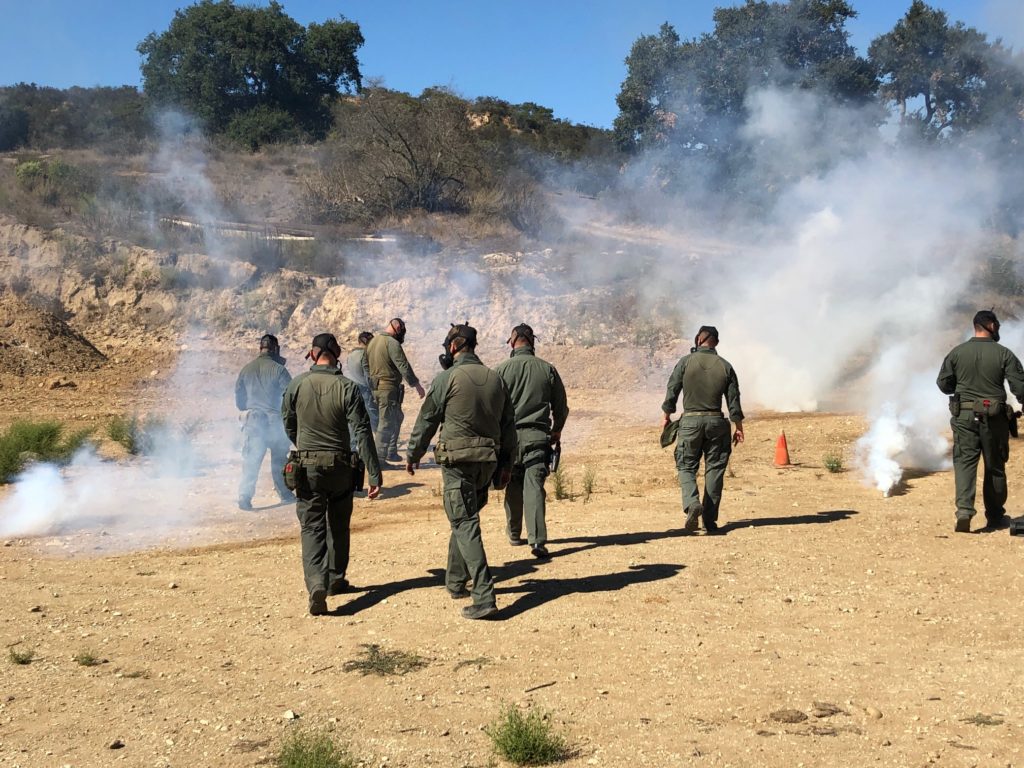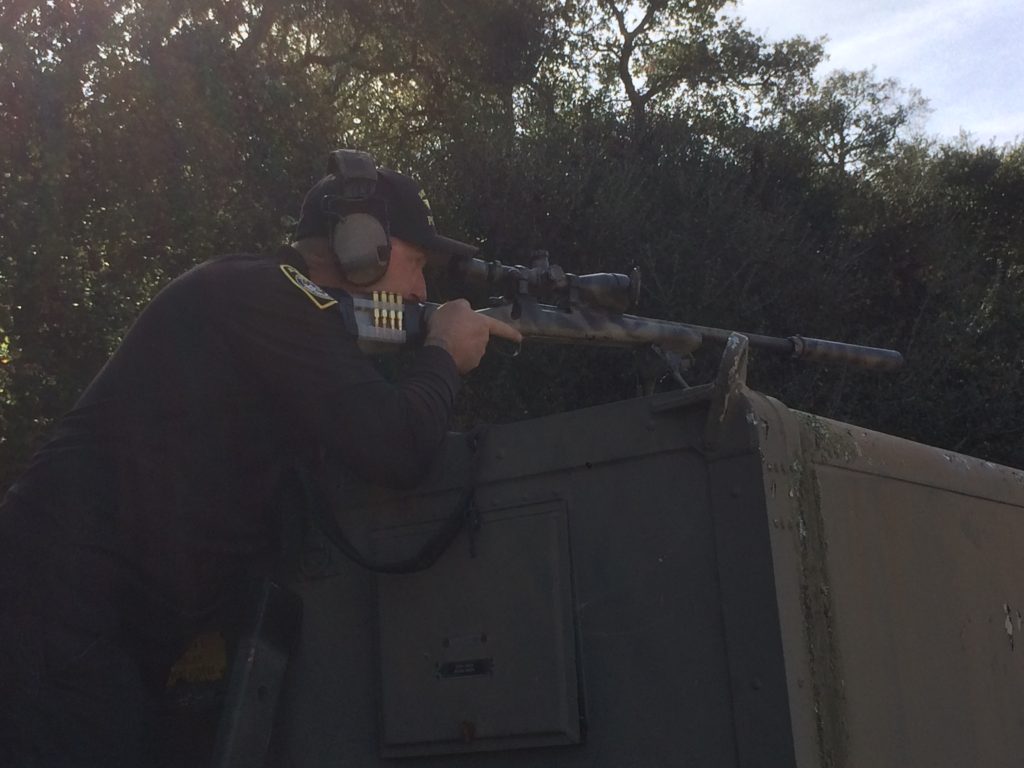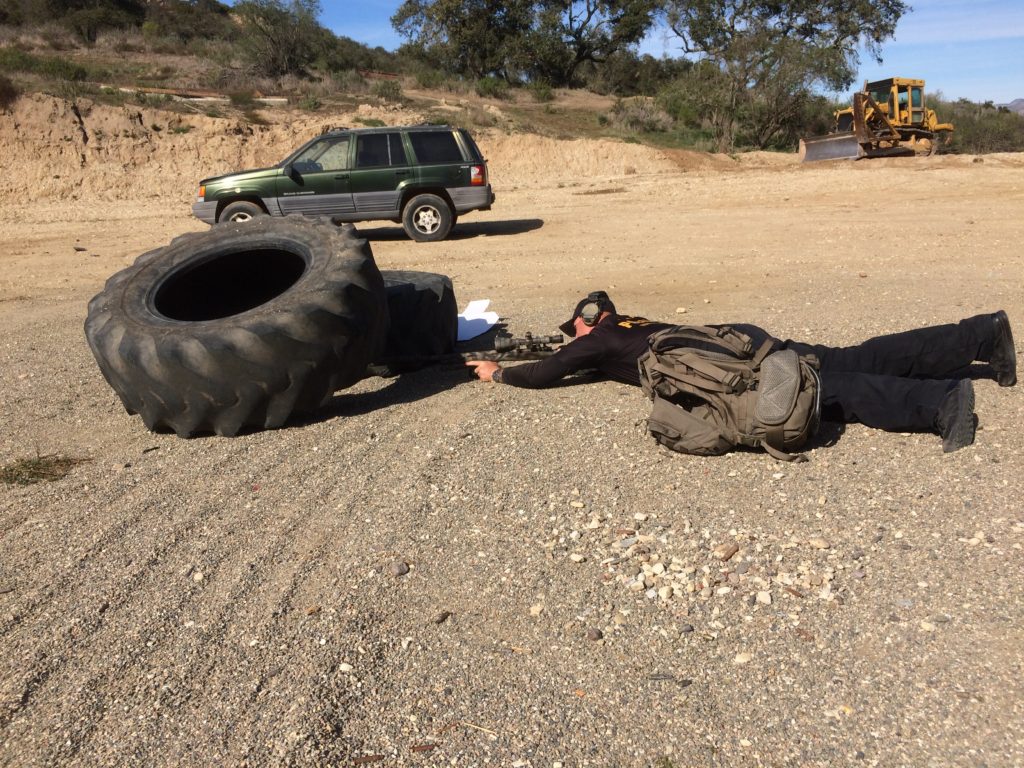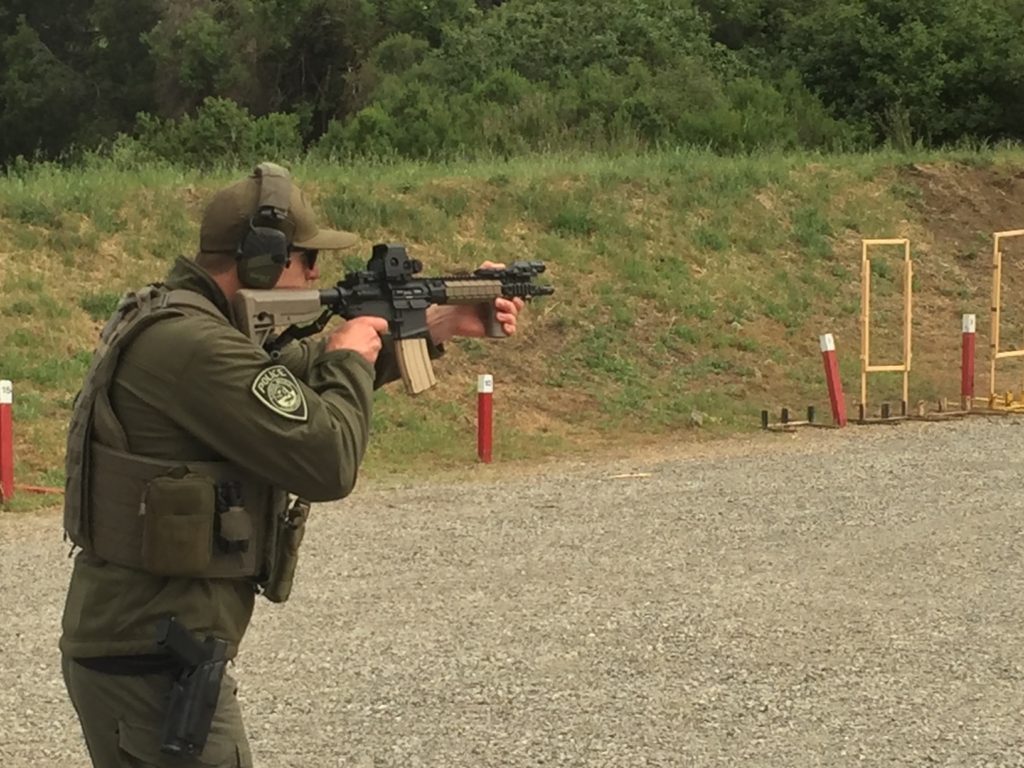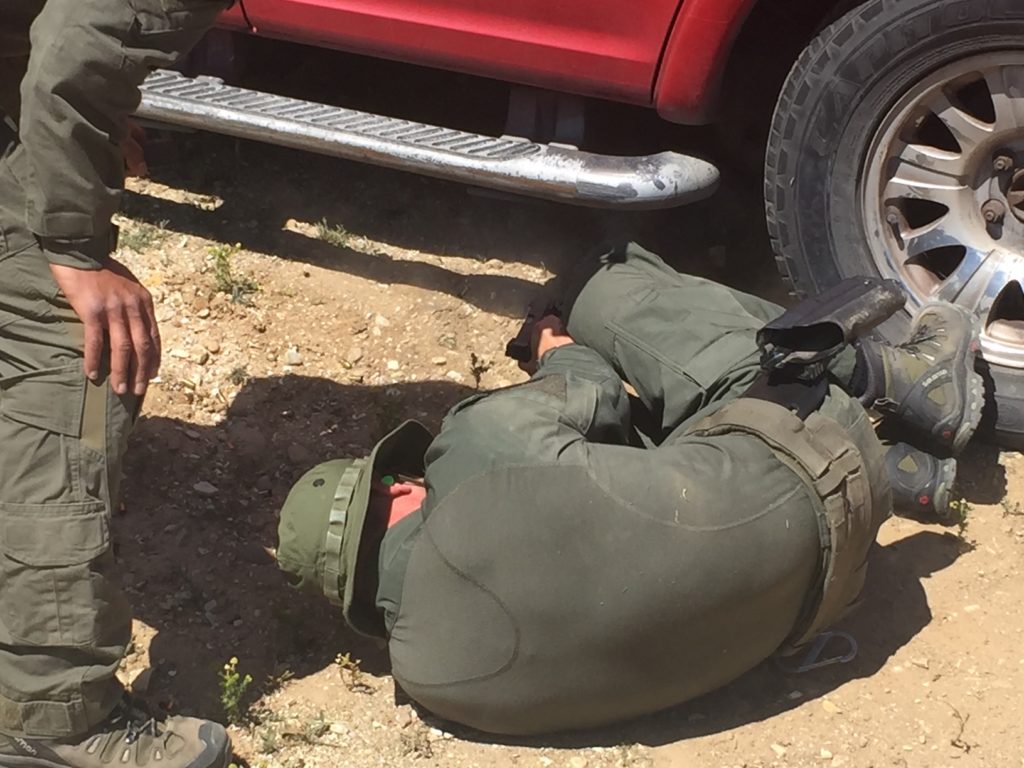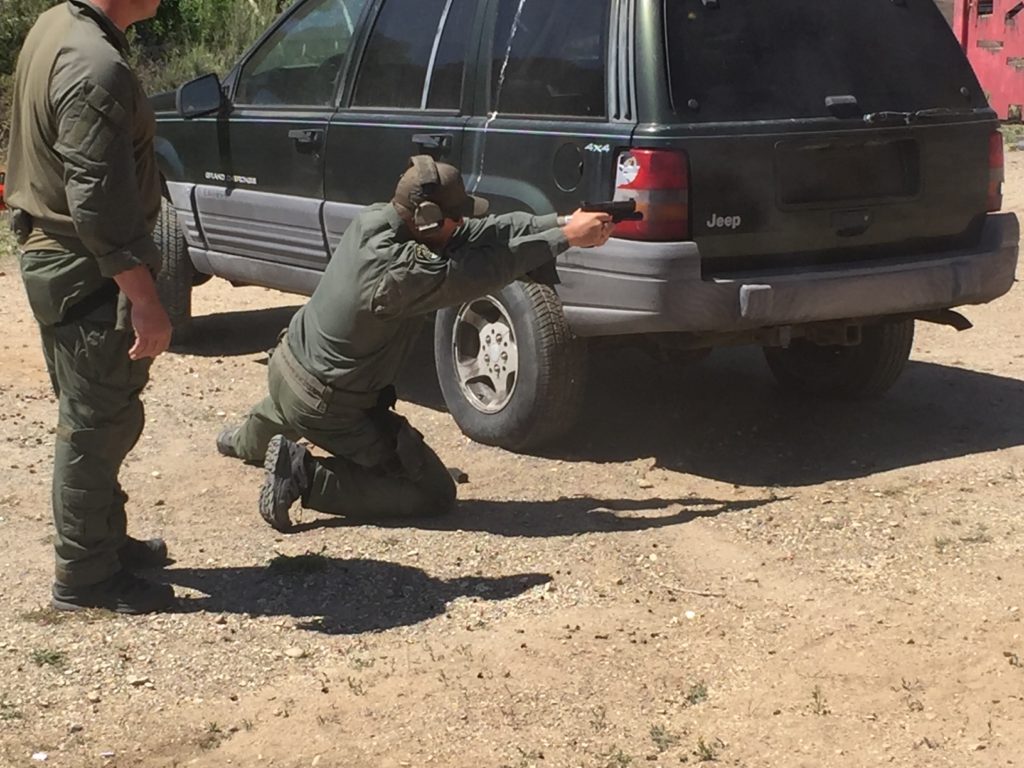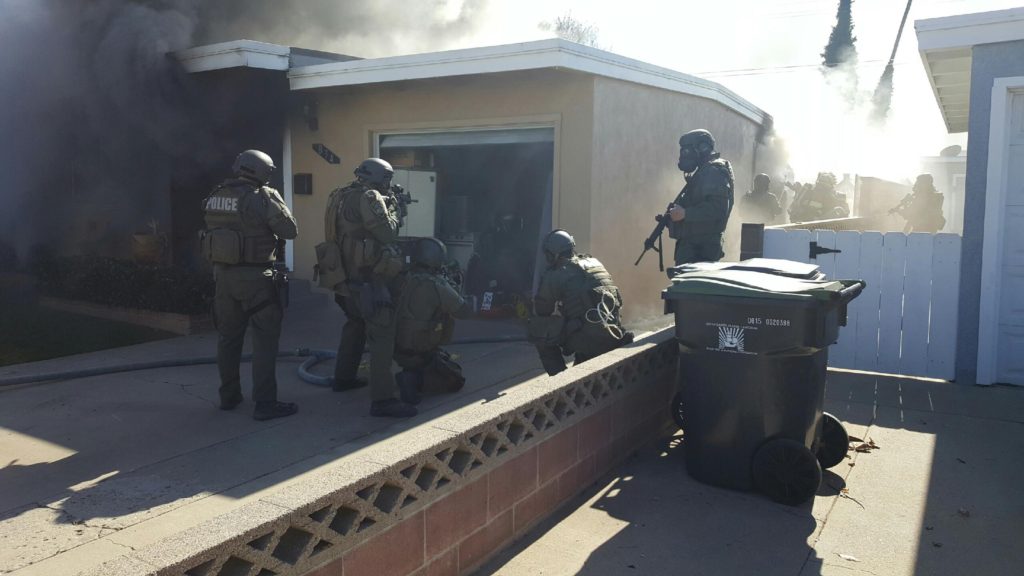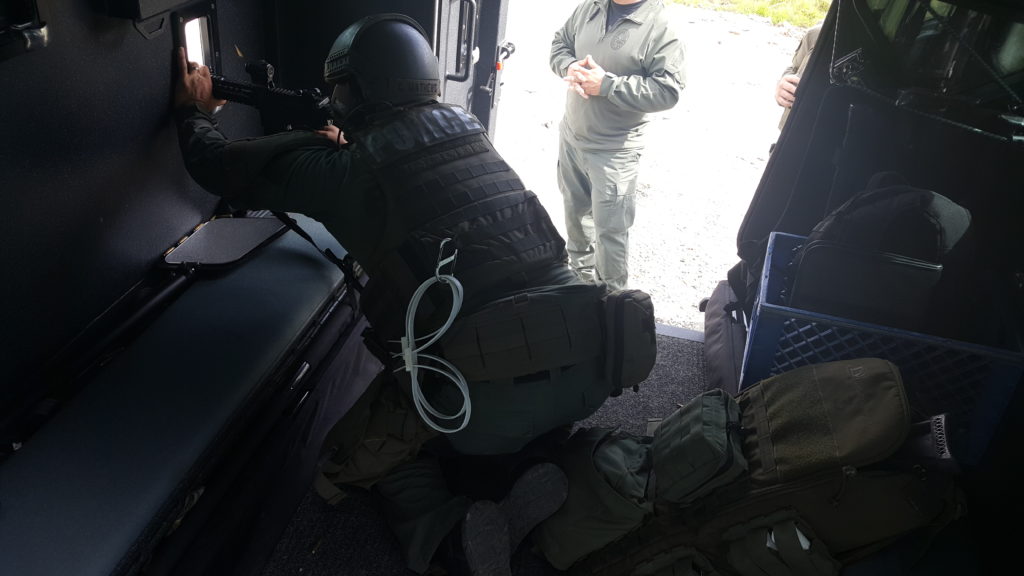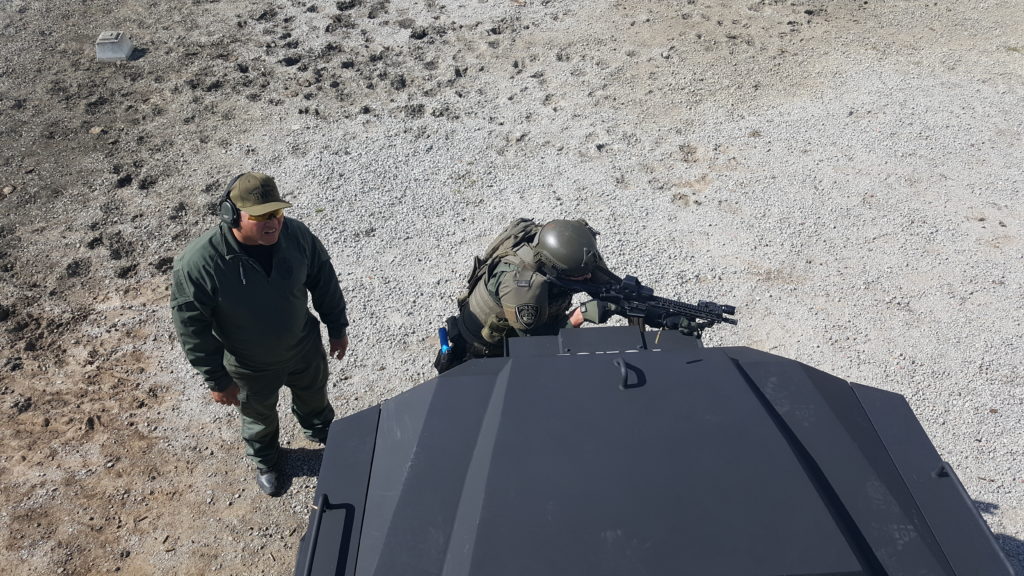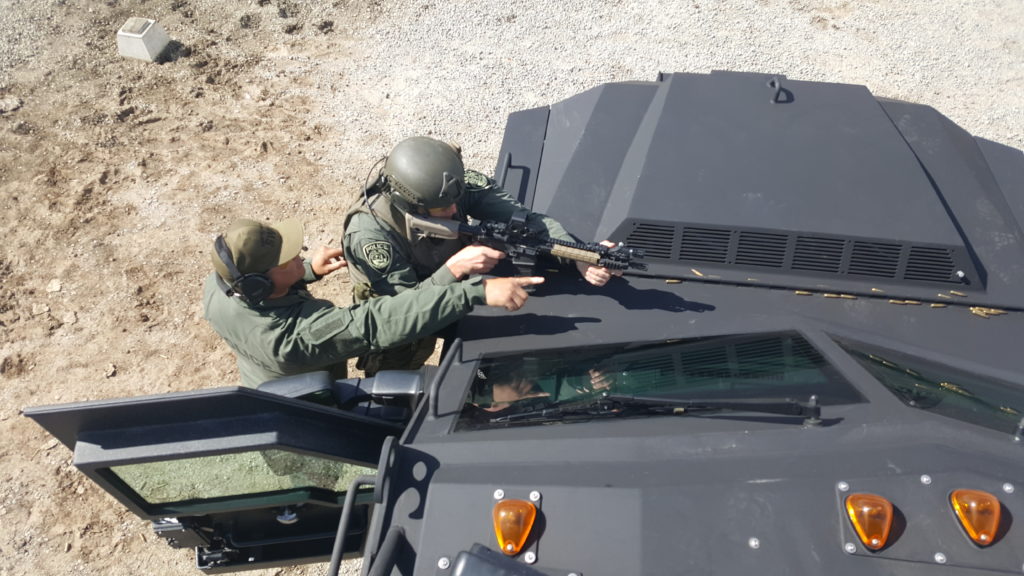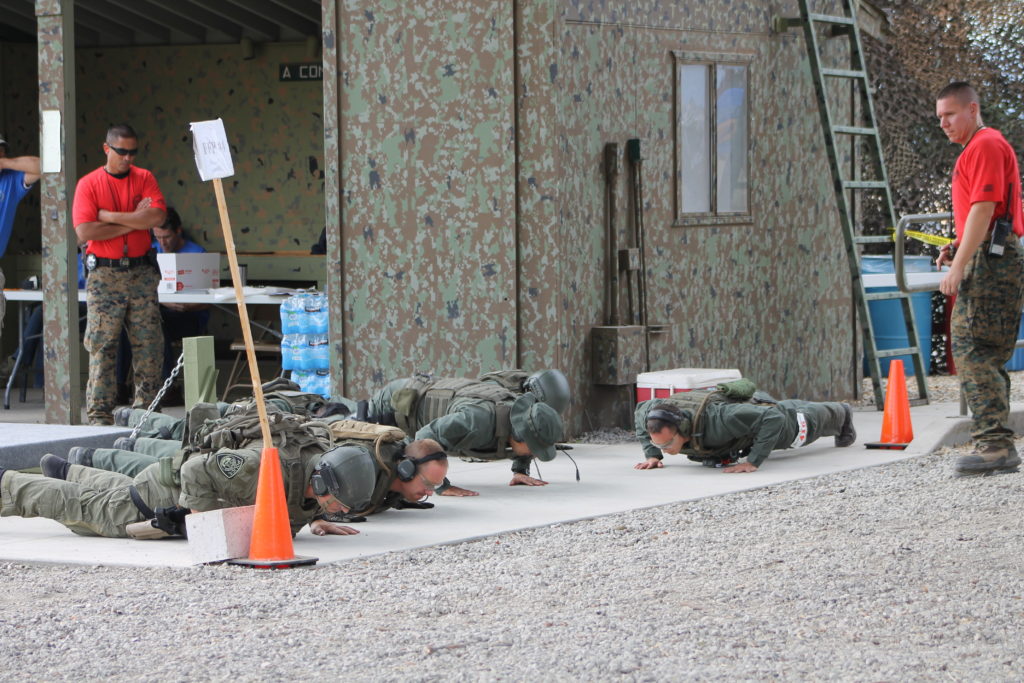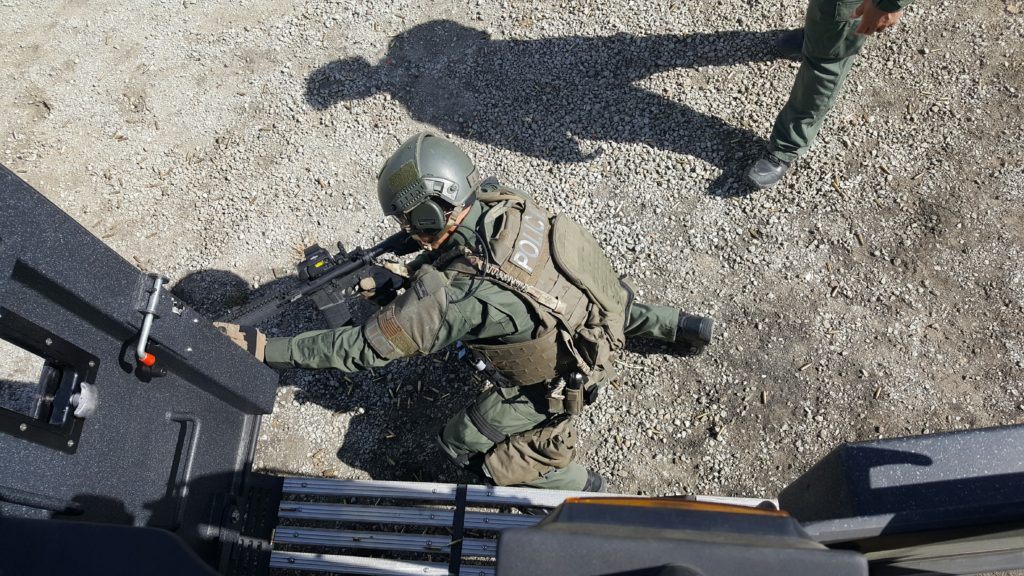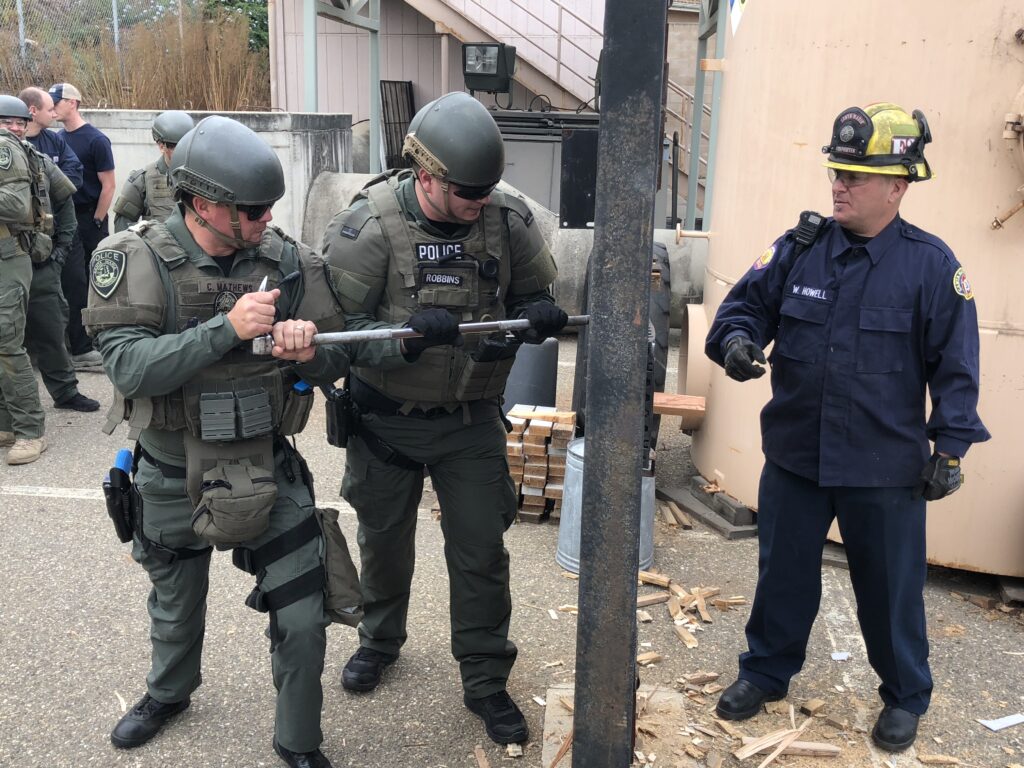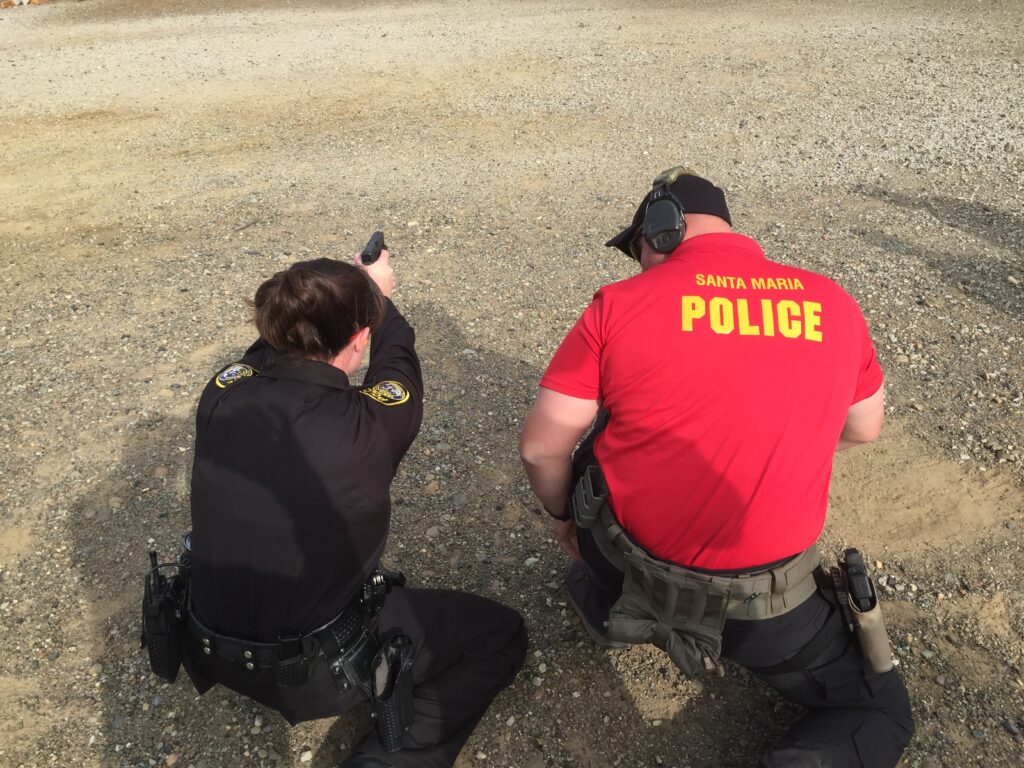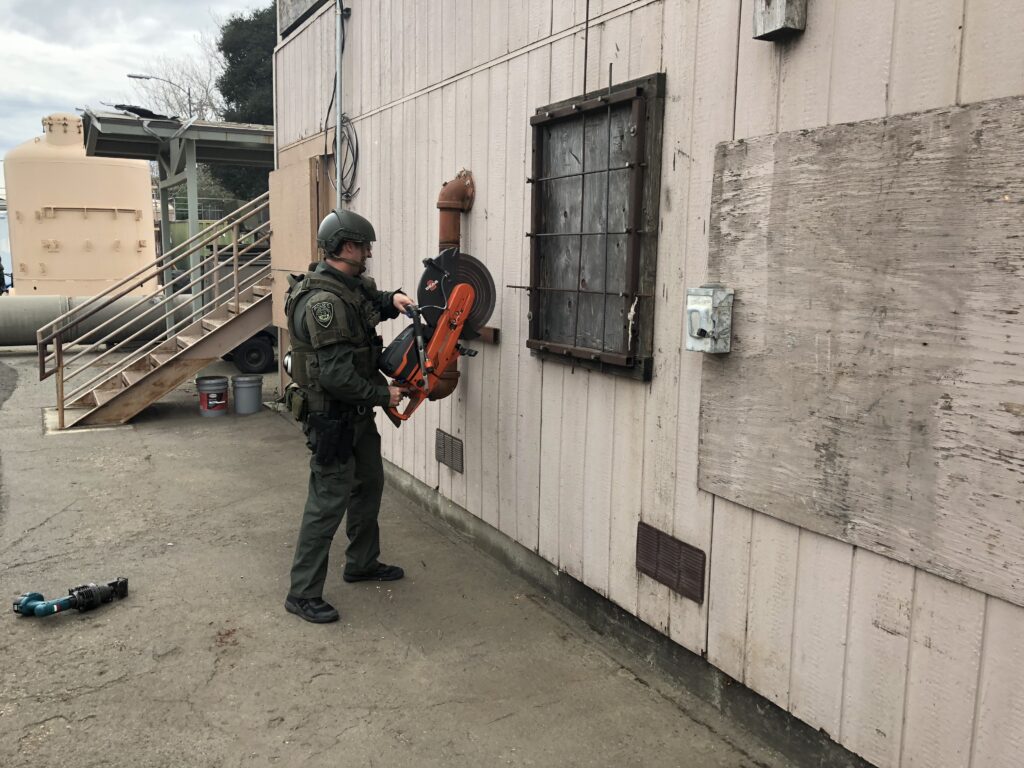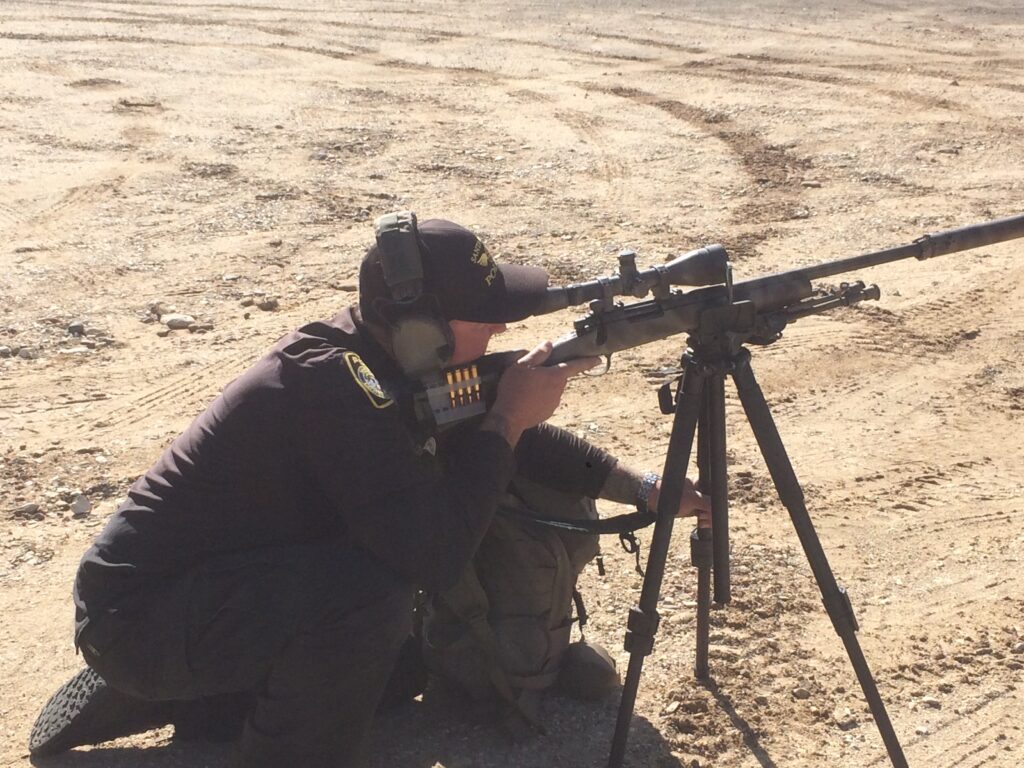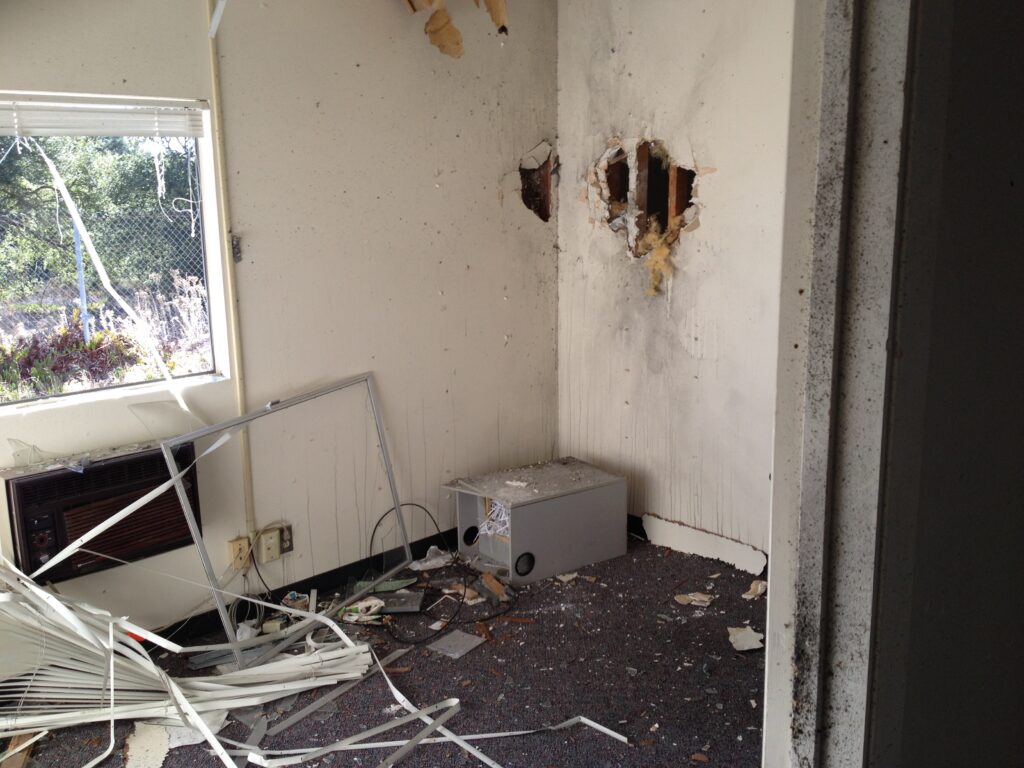Accountability Through Oversight
FACT: The vast majority of police officers in this country are good natured, hardworking people, committed to protecting and serving their communities. They are men and women who took an oath to protect society without prejudice. There is bad in every profession and law enforcement is no exception, despite hiring processes designed to weed out people who are not fit for the profession. Police officers are not infallible. They are imperfect people who are susceptible to making errors in judgement. They are no different than doctors, firefighters, pilots, and pharmacists who also make errors that cost people their lives. The difference being, law enforcement in general is highly scrutinized by a society who second guesses every decision made. It’s one of the only professions that the general public weighs in on and dictates what police officers should and should not do. This despite not having any police training, having the luxury of hindsight, and second-guessing decisions that are made during tense, uncertain, and rapidly evolving critical situations. That being said, police officers should be held accountable, and their behavior should be evaluated by the reasonableness of their actions.
SOLUTION: We must establish processes to evaluate the decisions and actions of police officers when those actions include using force (especially deadly force) against a public that officers are sworn to protect. Oversight and accountability are vital components to contemporary policing.
Training Program Review and Development
FACT: Police officer performance (on average) during high stress, novel, critical incidents is less than desirable. Most police officers / agencies are not prepared to respond to or handle critical incidents. We are constantly being reminded of this fact when we watch news coverage of the latest active shooter, hostage incident, or response to a suicidal person. There is a clear problem in policing because officers are actually smarter and better equipped than they have ever been, yet officers still perform less than favorably. There is a clear deficit in how we are training officers and preparing them to make critical decisions in tense, uncertain, and rapidly evolving incidents.
SOLUTION: If we want police officers to make better decisions in critical incidents, we must train them better. Training must be purposeful and mirror our best understanding of human performance norms. Our training and tactics must be based in science; how our brains work and process information under stress. We need to create training programs that embrace contemporary philosophy and doctrine, choosing the appropriate tactics for the given mission. We must deploy tactics that actually work in high stress situations, based on the safety priorities and our ability to process information and make good decisions.
Use of Force Review and Analysis
FACT: Police use of force incidents are rare events relative to the total number of police-citizen contacts. This is contrary to media/public opinion. Even so, use of force incidents never looks good to the average citizen who does not understand the dynamics of law enforcement operations in a violent society. Sadly, police officers in general are grossly undertrained in use of force concepts like firearms, defensive tactics, decision making, and critical incident response. Police training programs are often a “check the box” formality to remain in compliance with state mandates.
SOLUTION: We must analyze use of force incidents and identify fact patterns of behavior for both officers and suspects alike. Data collected from real world use of force incidents must be fed back into training programs with the goal of training out undesirable officer patterns of behavior as well as reinforcing tactics known to be effective and efficient.
Training for Critical Incident Response
FACT: The world is a violent place. Politics aside, murders and rates of violent crimes are at an all-time high across this country. Police officers and tactical teams are forced to respond to these incidents on a regular basis. Mass shooting/killings continue to happen across this country on a frequent basis. Many of these mass casualty incidents end with an ambush on responding officers. That is a current trend that agencies should be preparing for.
SOLUTION: We can’t stop these large-scale critical incidents from happening. All we can do is prepare for them. We must understand critical vulnerability points within a society (schools, malls, restaurants, workplaces, open air environments, etc.) and anticipate these violent novel events. We must have comprehensive training programs to prepare for a response and quick resolution of these critical incidents, minimizing the loss of innocent life. This needs to be trained to the line-level first responders, initial responding supervisors, middle managers tasked with organizing the mission, and command staff who are ultimately responsible for the outcome of the incident. When we fail during these critical incidents, it’s usually a failure at multiple levels and always contains a failure of leadership.









